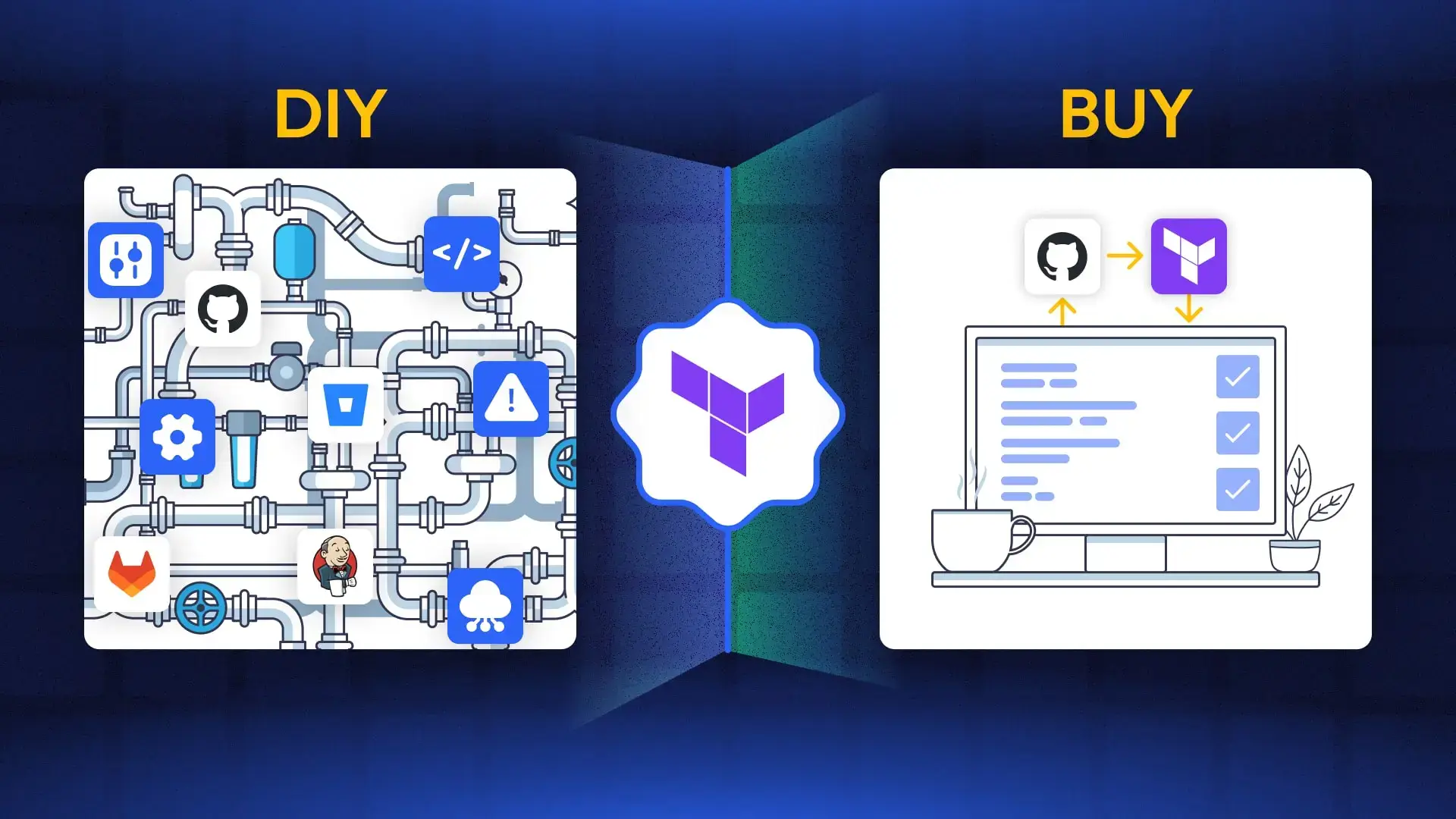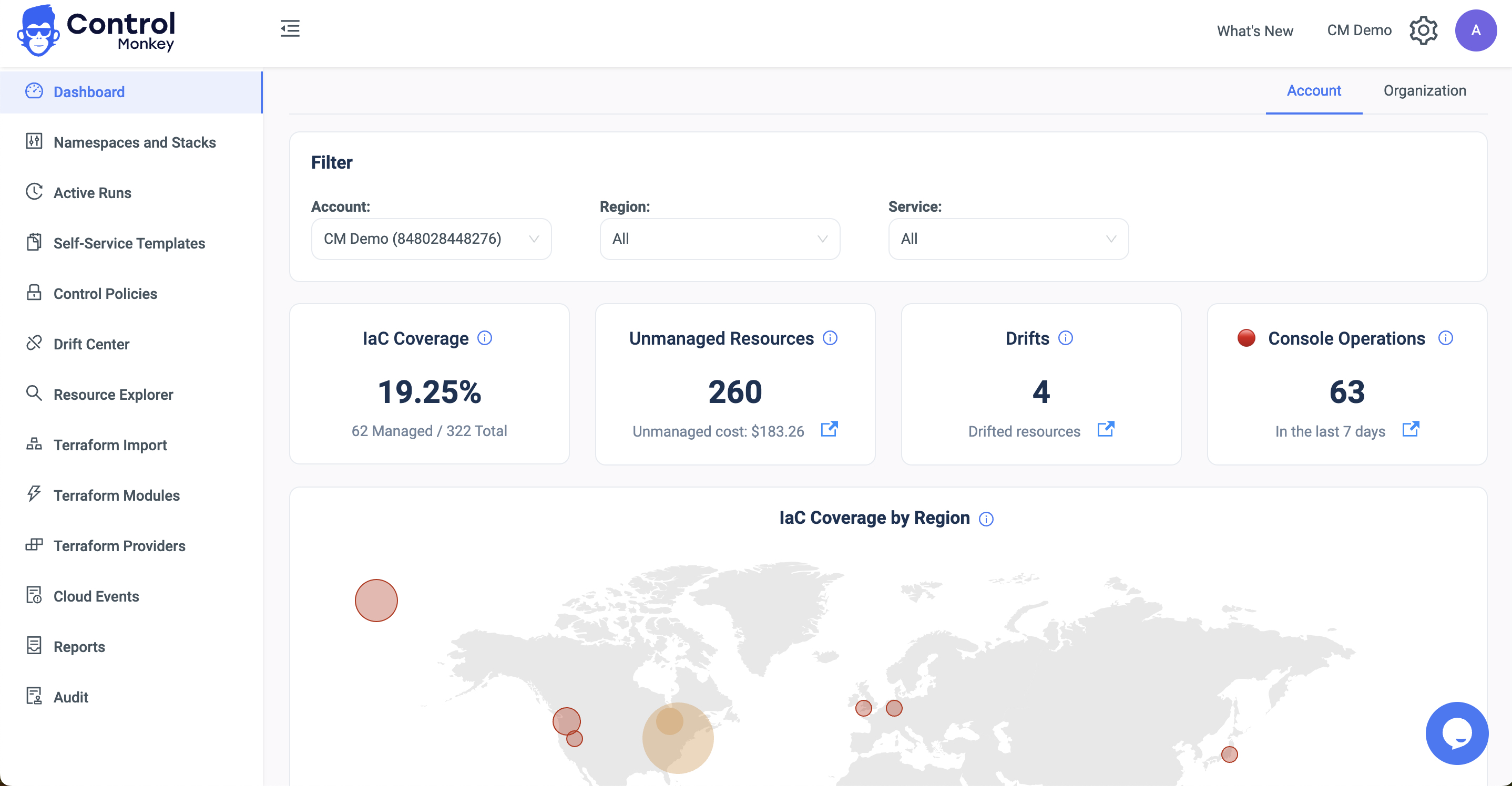In this blog, we will dive deep into the pros and cons of running your Terraform automation with Jenkins. As one of the most popular automation servers used in CI/CD pipelines, Jenkins offers a range of functionalities that can be leveraged for infrastructure management.
However, its adaptation to Terraform tasks comes with its own set of challenges and advantages. Whether you are considering Jenkins as a potential tool for your Terraform workflows or simply exploring different options, this blog will equip you with the essential insights to make an informed decision.
About Jenkins
Jenkins is an open-source automation server that has become a cornerstone in the world of software development, particularly in the implementation of continuous integration and continuous deployment (CI/CD) pipelines. It provides a platform that supports building, deploying, and automating any project, making it a versatile tool for developers and DevOps teams alike. Jenkins’ strength lies in its vast plugin ecosystem, enabling it to integrate with practically any development or deployment environment. This extensibility, combined with its strong community support and ease of setting up basic configurations, makes Jenkins a go-to choice for many organizations looking to streamline their development workflows.
Running Terraform with Jenkins
To effectively manage Terraform automation with Jenkins, one typically starts by setting up a Jenkins job, designed to orchestrate the lifecycle of Terraform code.
This job can be configured to execute Terraform commands such as init, plan, and apply, integrating these steps into the CI/CD pipeline.
The job first pulls the Terraform code from a version control system, such as a GitHub/Gitlab etc , ensuring that the most up-to-date configurations are used. In practice, it’s common to create one Jenkins pipeline per Terraform sub-directory to maintain modularity and ease of management. This structure allows each component of the infrastructure to be updated independently, enhancing both the clarity and control of deployment processes.

Pros of using Jenkins for Terraform
Running Terraform with Jenkins offers several compelling advantages that enhance infrastructure automation efforts:
- Flexibility: Jenkins can be extensively customized with plugins, allowing it to integrate seamlessly with Terraform and other tools. This adaptability enables users to create tailored automation flows that fit specific project needs.
- Community Support: With a large and active community, Jenkins offers extensive resources for support and learning. This wealth of community knowledge aids in troubleshooting and continuously improving Jenkins setups.
- Distributed builds: Jenkins is capable of managing both small and large projects efficiently. It supports distributed builds, which can spread the workload across multiple servers, speeding up builds and deployments.
- Cost: As an open-source tool, Jenkins is free to use, which makes it an economical choice for organizations aiming to maintain robust CI/CD pipelines without additional software costs. As an organization you’ll still need to invest money in setting it all up and maintaining it.
Cons of using Jenkins for Terraform
While Jenkins offers significant advantages for CI/CD, its use for Terraform automation comes with specific challenges that necessitate careful consideration:
- State Management Challenges: Traditional Jenkins jobs are ephemeral, suited for tasks like building software artifacts that do not persist. In contrast, infrastructure managed by Terraform is always present and needs careful state management to track changes and current configurations. Jenkins does not provide native support for Terraform state management, requiring custom solutions for secure and efficient handling.
- Limited Built-in Support for Advanced Terraform Features: Jenkins does not natively support advanced Terraform features such as cost estimation, policy-as-code (beyond basic linting), or detailed plan reviews. These features require integration with additional tools or custom scripting, complicating the pipeline setup and operation.
- Error Handling: Jenkins does not inherently provide detailed feedback for Terraform operations, which can complicate troubleshooting efforts. Users often need to implement additional logging and error handling mechanisms to capture sufficient details for diagnosing and resolving issues effectively.
- Policy Management: Integrating a policy engine to enforce governance and compliance standards within the Jenkins pipeline is not straightforward. Teams must manually integrate third-party tools or scripts, as Jenkins lacks centralized, built-in policy management capabilities typical of dedicated Terraform tools.
- Scalability Limitations: While Jenkins can handle distributed builds, managing a large-scale Terraform operation across multiple environments and teams can become cumbersome. Jenkins pipelines might not scale as seamlessly or efficiently as solutions specifically designed for Terraform, which could impact performance and manageability in enterprise scenarios.
- Maintenance Burden: Jenkins requires considerable manual setup and ongoing maintenance, which can be complex and resource-intensive, particularly in larger environments.

Summary
To sum it all up, Jenkins offers a robust and flexible option for running Terraform automation, well-suited for smaller teams or projects that can manage with its customization capabilities. However, as projects scale and complexity increases—spanning multiple accounts, regions, and even cloud vendors—the limitations of Jenkins become more apparent.
Larger DevOps teams, typically beyond 4-5 people, facing stringent compliance and security requirements may find Jenkins challenging to adapt without significant effort.
In such scenarios, where proactive enforcement of policies and streamlined management across diverse environments are crucial, switching to a dedicated-purpose tool specifically designed for Terraform automation becomes a more effective solution. These specialized tools are built to handle the complexities of large-scale operations, offering built-in support for state management, policy enforcement, and security features that Jenkins struggles to provide natively.
About ControlMonkey
ControlMonkey is the most comprehensive Terraform Automation Platform, providing cloud users everything they need to manage the cloud correctly with Terraform.
You get a single control plane that provides you with a full cloud inventory and helps you understand your IaC Coverage comprehensively, offers Terraform code generation for your existing cloud environments, plus drift detection & remediation. With ControlMonkey, you can standardize your infrastructure delivery at scale with out-of-the-box GitOps Terraform CI/CD, incorporating cost, security, and compliance policies, plus a self-service catalog of pre-defined, compliant infrastructure blueprints for other teams in the organization to spin up infrastructure, enabling agility without sacrificing control.
With ControlMonkey, you can be confident that everything running in your cloud is supposed to be there, correctly configured.













